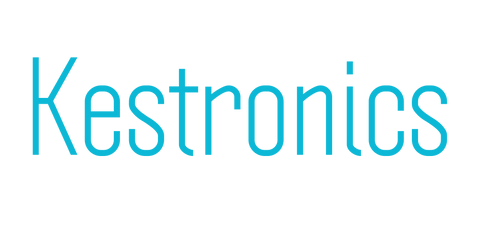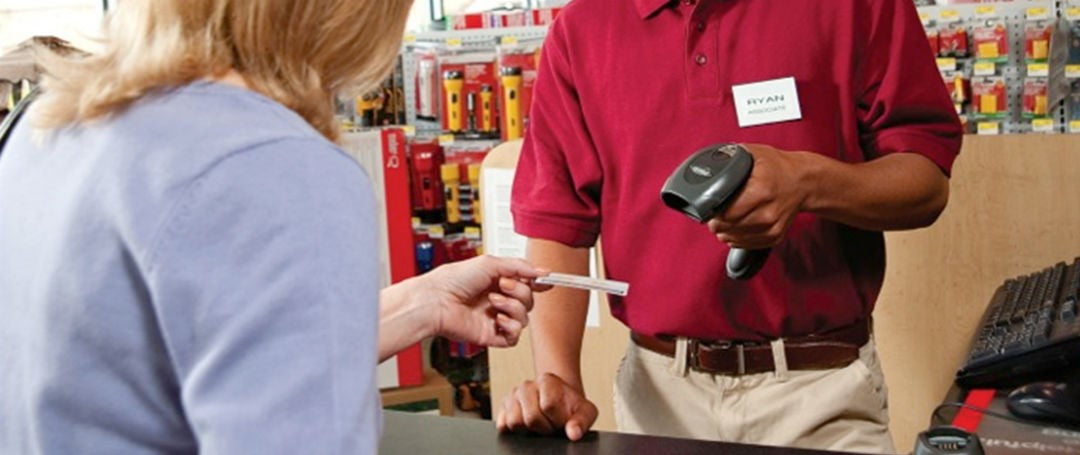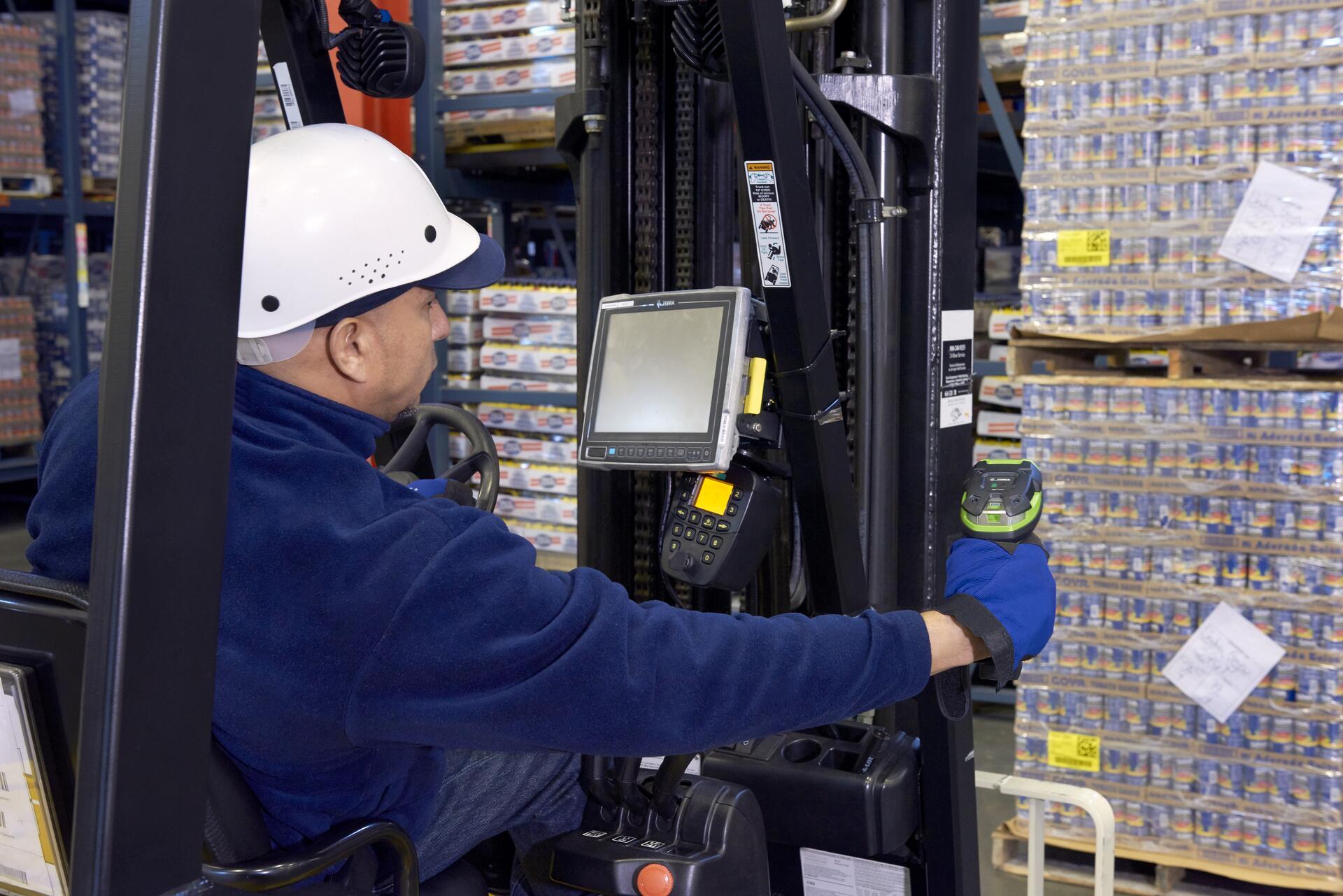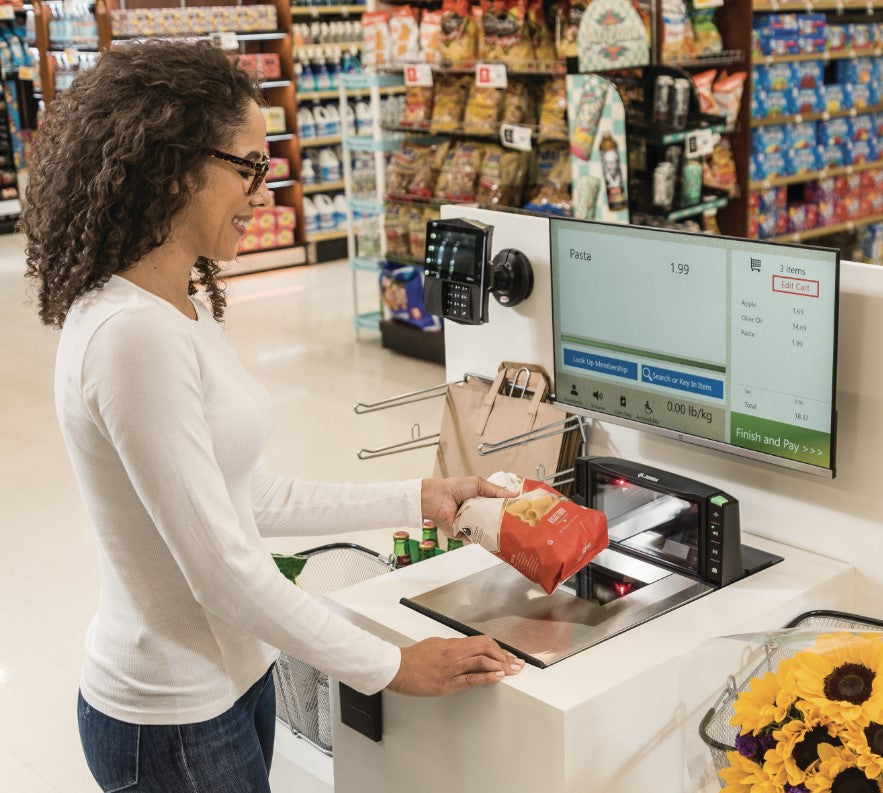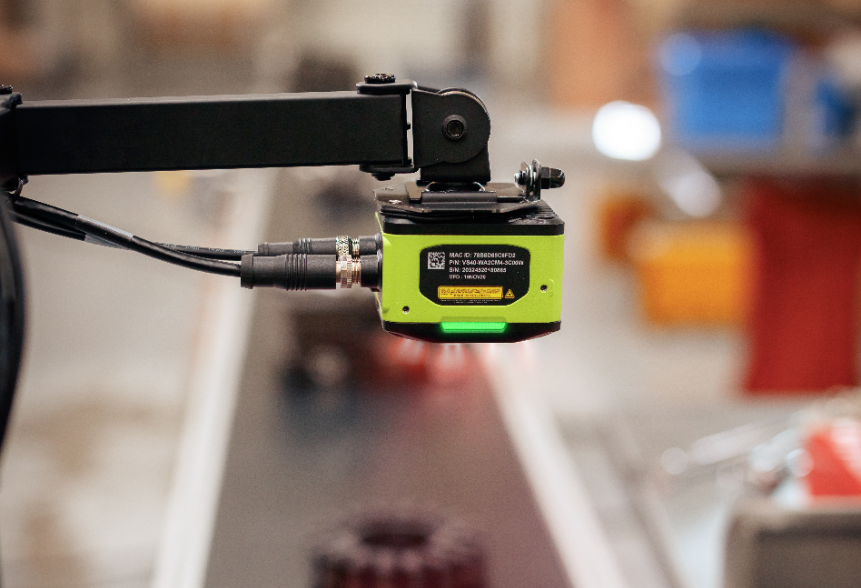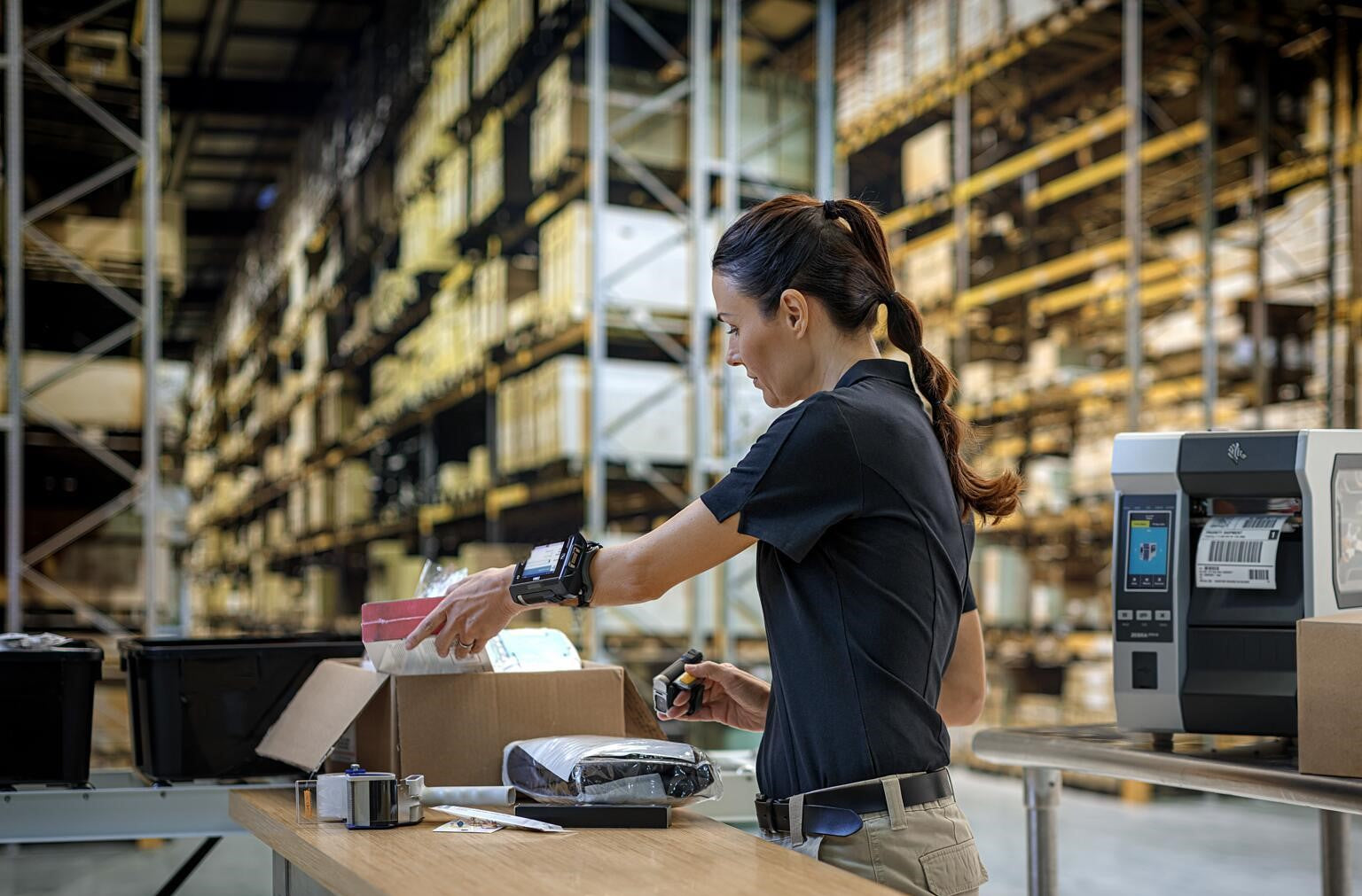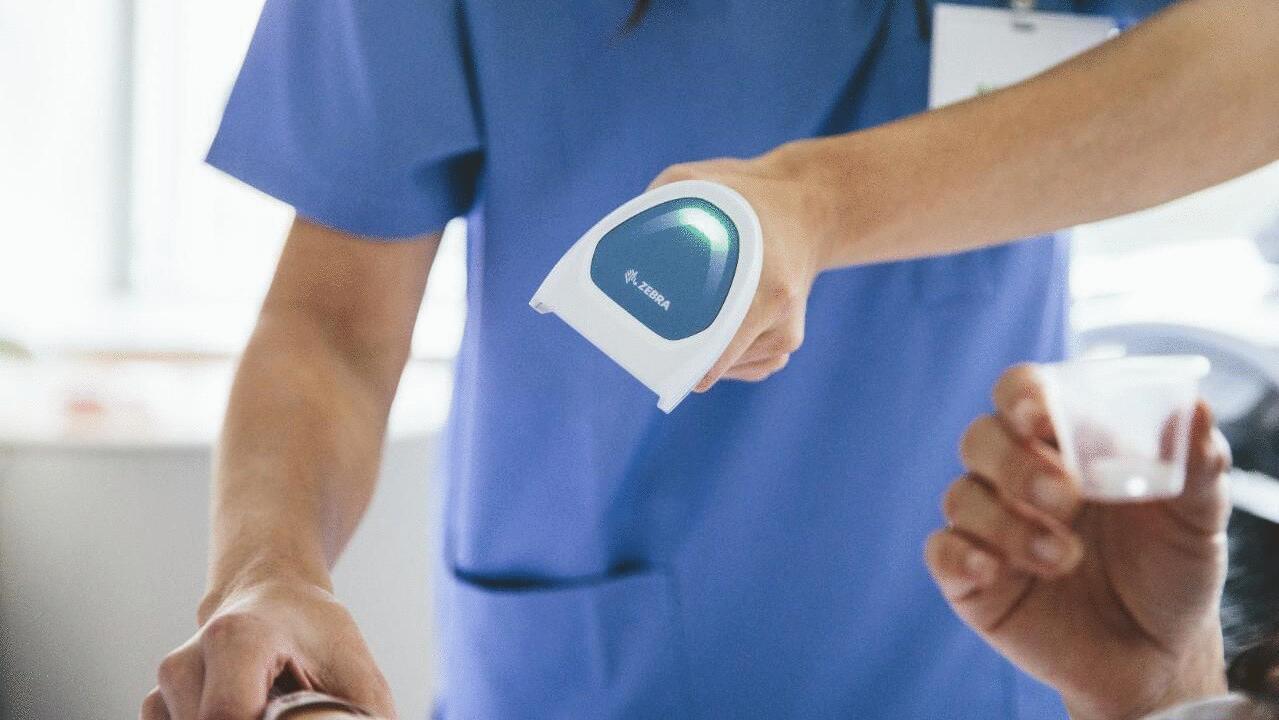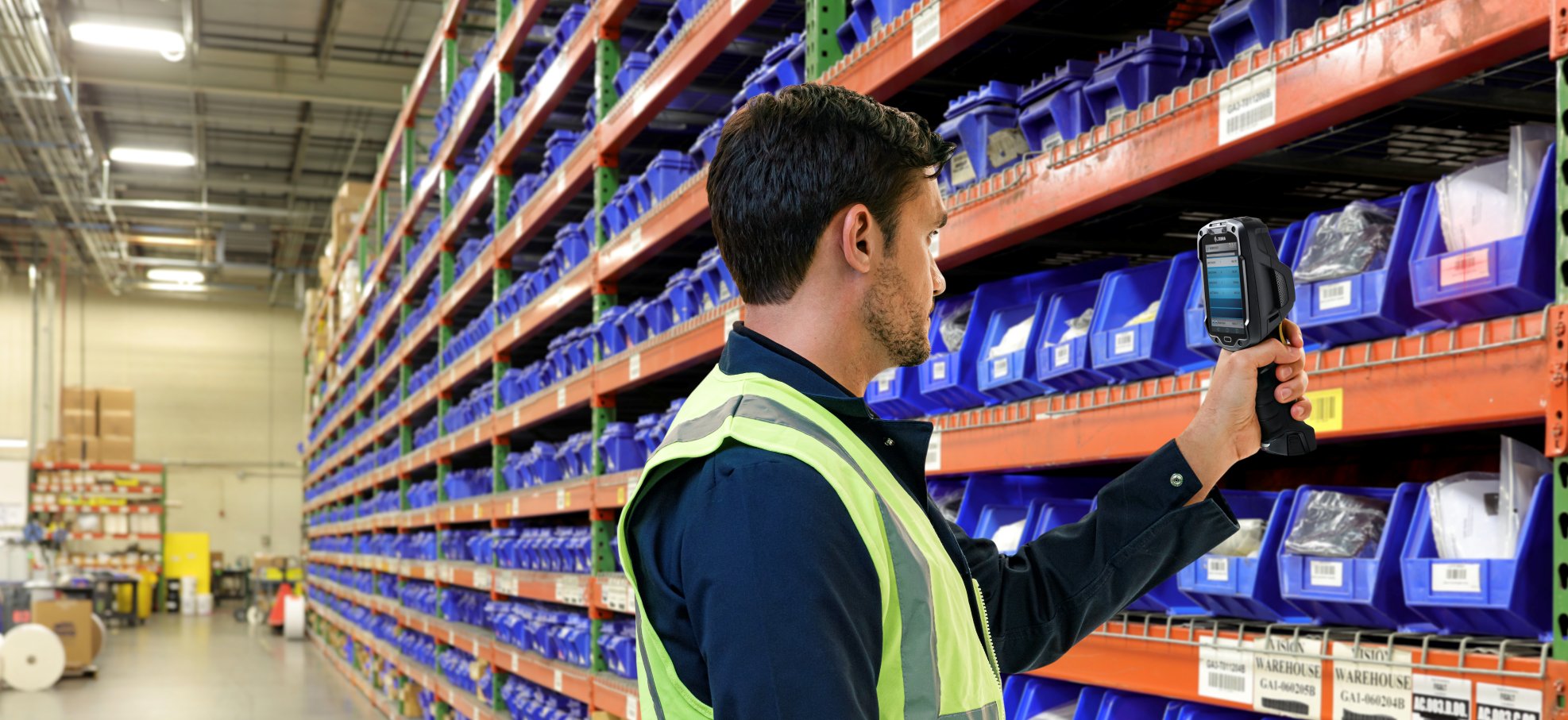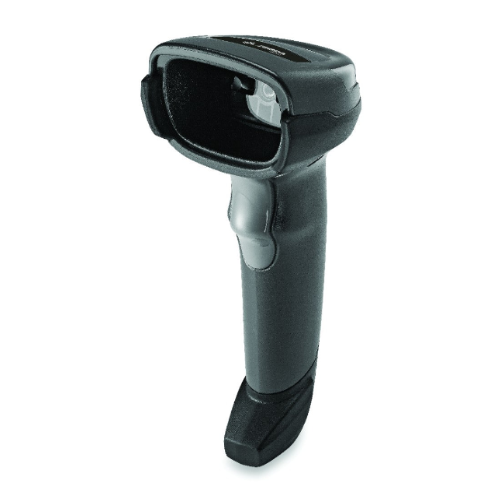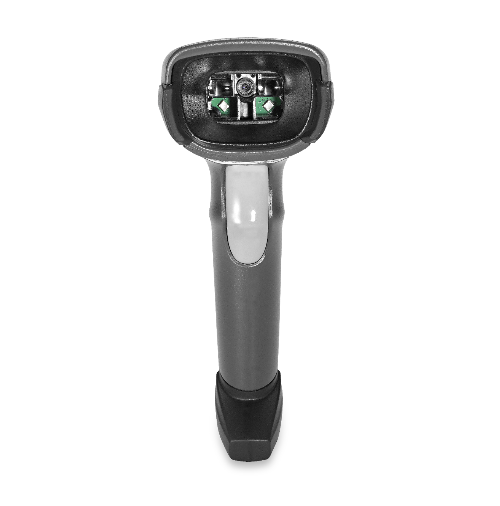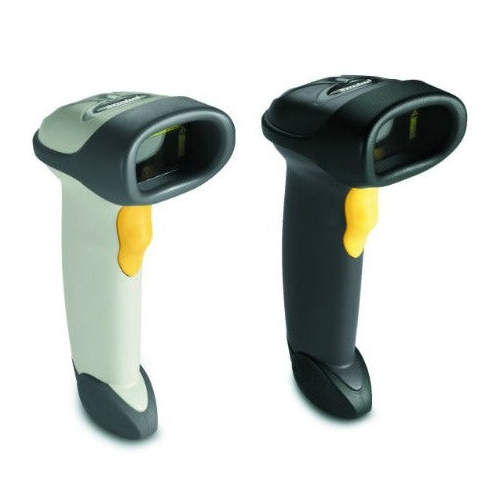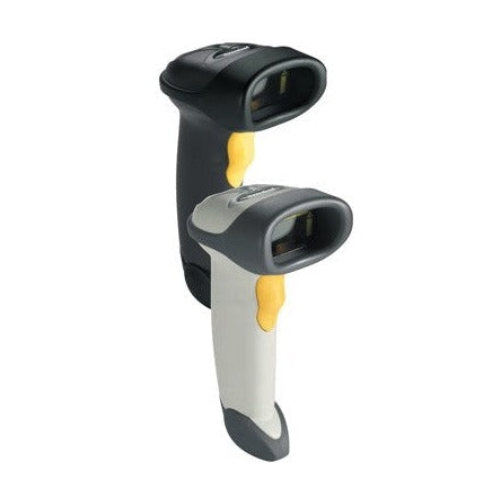Barcode Scanners
Using barcode scanners for data capture has never been easier. With so many options available from handheld, hands-free, rugged, fixed mounted, single-plane, multi-plane and so much more you're spoilt for choice!
Scan new, damaged or dirty barcodes confidently, helping your operations improve production times, minimise error and increase ROI. Ideal for almost any industry, you'll be able to find the perfect device for your business needs.
Barcode Scanners
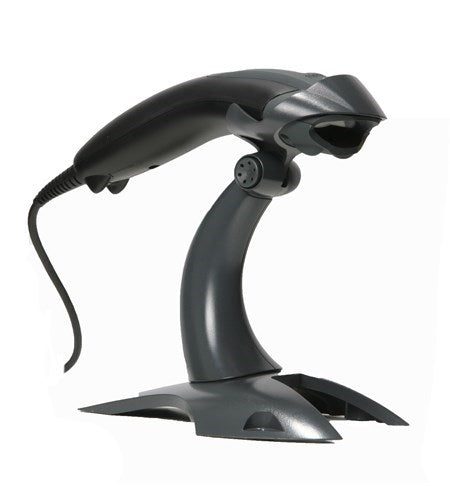
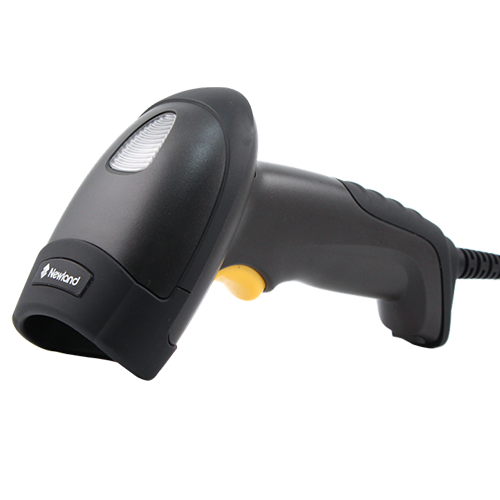
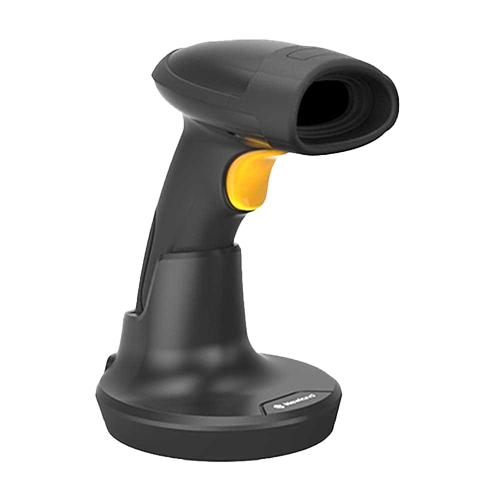
Technology Partners
View allFAQs
A barcode scanner reads and decodes barcode information. It works by emitting light onto the barcode, measuring the reflected light, and converting it into digital data.
There are handheld, fixed-mount, and wireless barcode scanners. Handheld scanners offer flexibility, fixed-mount scanners are stationary for automated tasks, and wireless scanners provide mobility for large-scale operations.
For example, a handheld scanner is ideal for a cashier worker with limited reach. Fixed-mount scanners are normally used on a production conveyor belt scanning large items, or somewhere like a supermarket self-checkout. Wireless scanners can be used by a warehouse, retail, or hospitality worker, which can aid them in scanning inventory, or collecting data.
Yes, many barcode scanners are designed to integrate seamlessly with various business systems, including inventory management and point-of-sale software, enhancing overall efficiency.
Barcode Scanners are usually used for more general barcode scanning purposes. They can be used in a variety of settings, but are usually more directed to POS (Point-of-Sale). Barcode scanners are usually handheld devices with a reader at the top.
Barcode readers, however are designed to be used in more specific applications. This may include more industrial applications, where barcodes need to be read as accurately as possible. Barcode readers, are usually in the format of desktop, or fixed-location machines that are able to read barcodes from different angles. These work best in warehouse settings for this purpose.
QR codes are a little bit different to barcodes in the sense that they consist of different shapes to encode the data. This can be in the form of squares, dots, hexagons and even other patterns.
The best way to read QR codes is with a 2D barcode scanner. Traditional 1D barcode scanners do not have the ability to decode these patterns, however a 2D scanner can shoot the total barcodes images on screens or papers instantly.
